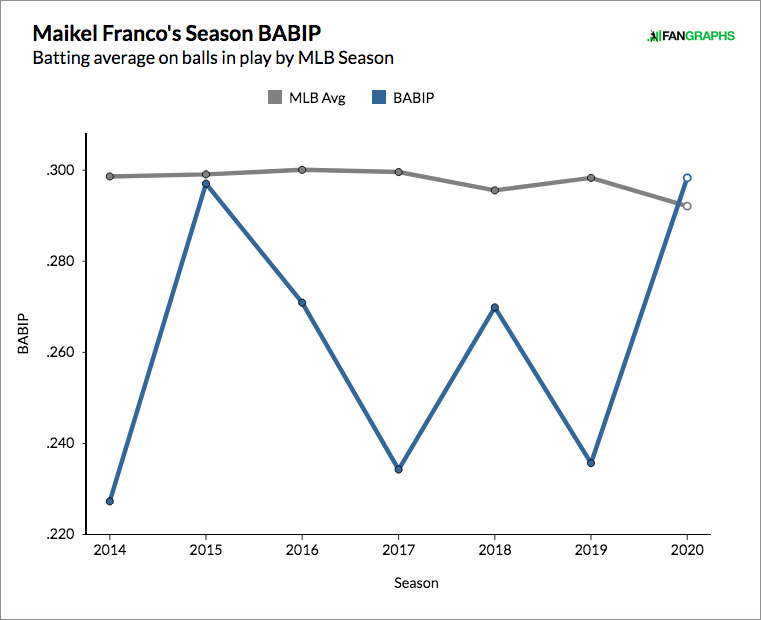What Did Teams Pay per Win in Free Agency?
How do projected wins translate into salaries in free agency? That’s a fundamental question that front offices have to answer and, in fact, have had to answer ever since free agency opened up baseball’s labor market after the 1976 season. No, no GM back then was using Wins Above Replacement or fancy-pants computers spitting out ZoRPs or Stonker projections. But decisions are always based on some kind of projection, whether that exercise is explicit or not. When Grizzled Greg the GM went after a player for X hundreds of thousands of dollars after the 1976 season, he was still estimating how the player would play in the future and whether that benefit was worth the cost. Heck, I’ve never made a taco-based projection system. Still, when I see a taco, I’m projecting whether or not the DAR (Deliciousness Above Refrigerator) is worth the dollars that will be debited from my bank account.
Naturally, one of the ways we estimate player salaries has been a linear relationship between dollars and wins above replacement. There’s still a debate over whether player salaries should be treated in this way. Many analysts have argued that the price of wins should not be linear because of the efficiency of getting a lot of wins from a single player. After all, there’s a limit on roster size and utilization; you can’t just sign five one-win first basemen and combined them into a horrifying amalgamation whose twisted, fear-inducing form approximates a Freddie Freeman season. And even if you could, I wager that the MLBPA would file some kind of grievance about players being used for twisted medical experimentation. Well, at least players on the 40-man roster.
Matt Swartz is probably the most prominent advocate for the opposite view, that worrying about whether to add a four-win player instead of a pair of two-win players don’t really come up in the real world all that often. I’ve come to side more strongly with the majority in recent years than I used to, simply because I believe — though I can’t prove it conclusively — that good teams are becoming better at not leaving as many obvious holes. For teams like the Rays, Dodgers, and Padres, as well as other teams that prize serious depth, replacement level is probably higher than replacement level. Read the rest of this entry »



